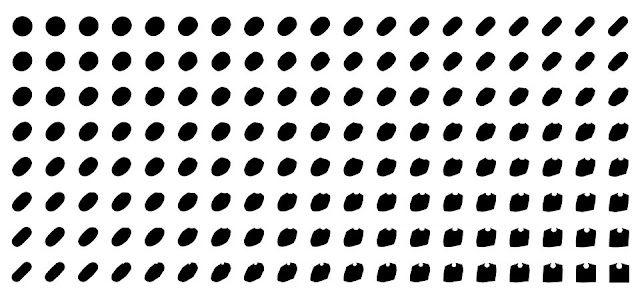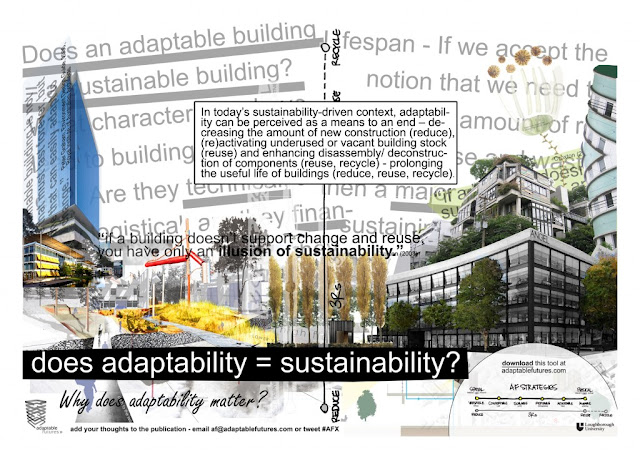Fourth edition of
The Architecture Post Conversation. I am delighted to share with you a conversation I had yesterday with three of
Close, Closer's curatorial team:
Beatrice Galilee,
Liam Young, and
Mariana Pestana.
Coming from the art area, I have a strong interest in curating and architecture. How does architecture examine the format of large-scale exhibition like biennial/triennial? How to curate architecture? In short, curating affects the architectural thinking, discourse and practice. The medium of exhibition is a tool that allows for examining issues from the discipline, its practice, its modes of representation and operation, but also social, economic, political, ecological contexts, and other topics that are relevant (or not) to architecture.
Exhibition, in a very large sense, is a system to vehicle critical ideas but also to test new ideas to the great public. This is the very definition of this device as it has been discussed in the art area over decades if not history. There is an interesting tool, a journal for curators and exhibition-makers,
The Exhibitionist Journal co-founded by
Jens Hoffmann, a renown independent curator and critic in the contemporary art. This magazine is by curators for curators (art, design, architecture,…), in
which the most pertinent questions on exhibition making today would be considered and assessed. I warmly recommend
this publication to all my readers, in particular (but not exclusively) to those who share an interest — or whose position is curator — in curating and architecture.
Back to what we are concerned: the fourth edition of
The Architecture Post.
For this new edition, I talk with three of
The Lisbon Architecture Triennial's curatorial team:
Chief Curator Beatrice Galilee, the two curators
Liam Young, and
Mariana Pestana about
The Triennial 2013 with a focus on the working process, the methodology employed for this edition. Among other topics we talk about curating and architecture. I am planning a second phase to this conversation, probably during the show, or after the show to continue and close the discussion.
The theme of this third edition of
The Lisbon Architecture Triennial is
Close, Closer.
Close, Closer explores global architectural practices with the specific context of economic depletion, social, cultural, political, and ecological shifts as well as the architect's shifting role (among others). How does architecture instrumentalize these shifting and challenging contexts? In the format of three exhibitions, associated projects, a website, e-books series, a student award and Début award for young practitioners, the
Triennial is also engaged in redefining the boundaries of curating and architecture.
Close, Closer will open on September 12th and will run up for three months (up to 15 December).
Note that you can participate as
Close, Closer proposes
Open Calls, among others
Crisis Buster with a deadline for applications for the 18 February. Check out the
website for more details, and the podcast that provides further information about the
Open Calls.
Below the podcast of our conversation recorded Friday 8 February.
Chief Curator: Beatrice Galilee, a internationally renown curator, writer and lecturer. She was the curator of the
Gwangju Design Biennial 2011.
Beatrice Galilee writes for international magazines from
Domus, to
Harvard Design Magazine. She also co-founder and director of the
Gopher Hole, London.
Curators: José Esparza, a critic and curator whose contributions are published in international magazines (
Domus);
Mariana Pestana, architect and curator, co-founder of the art and architecture collective
The Decorators. She is the editor of
Design Exchange Magazine; and
Liam Young, architect, educator, curator and writer (
Volume), co-founder and director of
Tomorrows Thoughts Today and
Unknown Fields Division.
Close, Closer's visual identity:
Zak Group
Location: Diverse venues, Lisbon
Website:
Close, Closer











